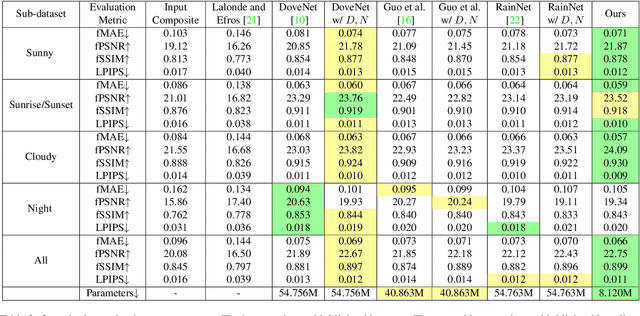Ntumba Elie Nsampi
Neural Gaussian Scale-Space Fields
May 31, 2024



Abstract:Gaussian scale spaces are a cornerstone of signal representation and processing, with applications in filtering, multiscale analysis, anti-aliasing, and many more. However, obtaining such a scale space is costly and cumbersome, in particular for continuous representations such as neural fields. We present an efficient and lightweight method to learn the fully continuous, anisotropic Gaussian scale space of an arbitrary signal. Based on Fourier feature modulation and Lipschitz bounding, our approach is trained self-supervised, i.e., training does not require any manual filtering. Our neural Gaussian scale-space fields faithfully capture multiscale representations across a broad range of modalities, and support a diverse set of applications. These include images, geometry, light-stage data, texture anti-aliasing, and multiscale optimization.
Neural Field Convolutions by Repeated Differentiation
Apr 04, 2023Abstract:Neural fields are evolving towards a general-purpose continuous representation for visual computing. Yet, despite their numerous appealing properties, they are hardly amenable to signal processing. As a remedy, we present a method to perform general continuous convolutions with general continuous signals such as neural fields. Observing that piecewise polynomial kernels reduce to a sparse set of Dirac deltas after repeated differentiation, we leverage convolution identities and train a repeated integral field to efficiently execute large-scale convolutions. We demonstrate our approach on a variety of data modalities and spatially-varying kernels.
NeurSF: Neural Shading Field for Image Harmonization
Dec 04, 2021



Abstract:Image harmonization aims at adjusting the appearance of the foreground to make it more compatible with the background. Due to a lack of understanding of the background illumination direction, existing works are incapable of generating a realistic foreground shading. In this paper, we decompose the image harmonization into two sub-problems: 1) illumination estimation of background images and 2) rendering of foreground objects. Before solving these two sub-problems, we first learn a direction-aware illumination descriptor via a neural rendering framework, of which the key is a Shading Module that decomposes the shading field into multiple shading components given depth information. Then we design a Background Illumination Estimation Module to extract the direction-aware illumination descriptor from the background. Finally, the illumination descriptor is used in conjunction with the neural rendering framework to generate the harmonized foreground image containing a novel harmonized shading. Moreover, we construct a photo-realistic synthetic image harmonization dataset that contains numerous shading variations by image-based lighting. Extensive experiments on this dataset demonstrate the effectiveness of the proposed method. Our dataset and code will be made publicly available.
 Add to Chrome
Add to Chrome Add to Firefox
Add to Firefox Add to Edge
Add to Edge